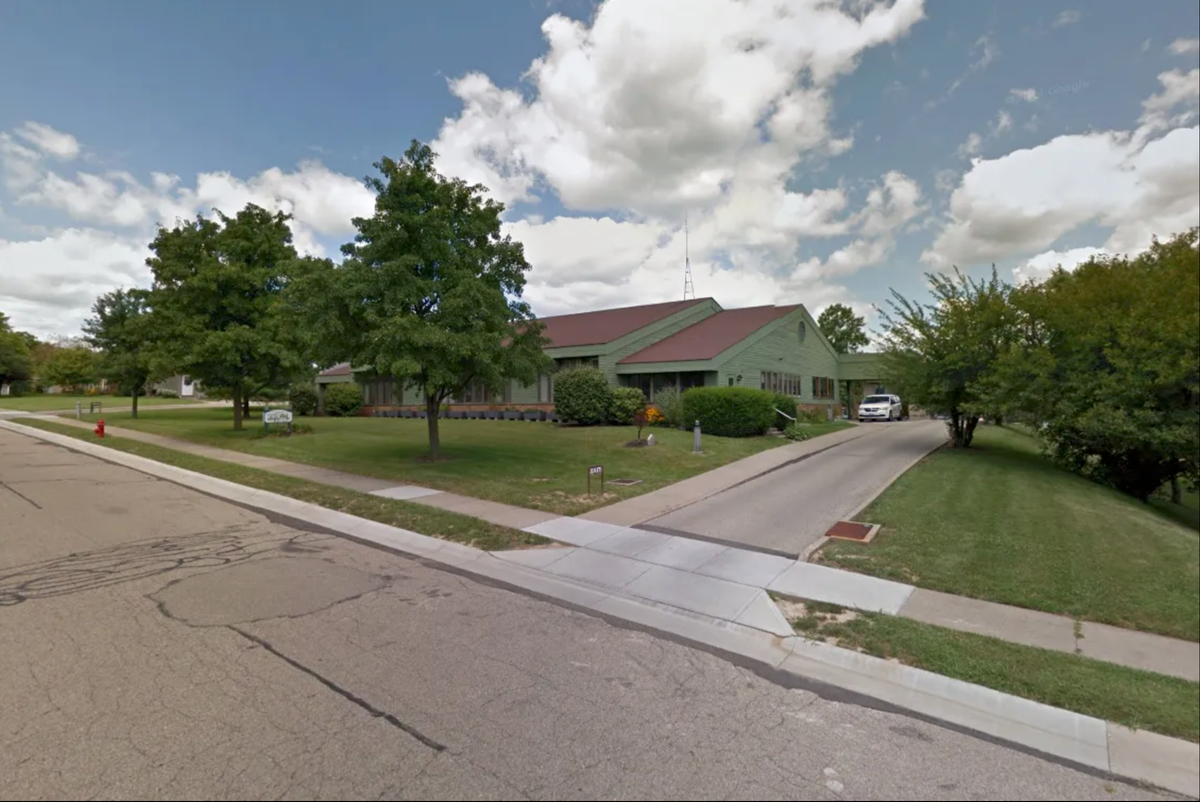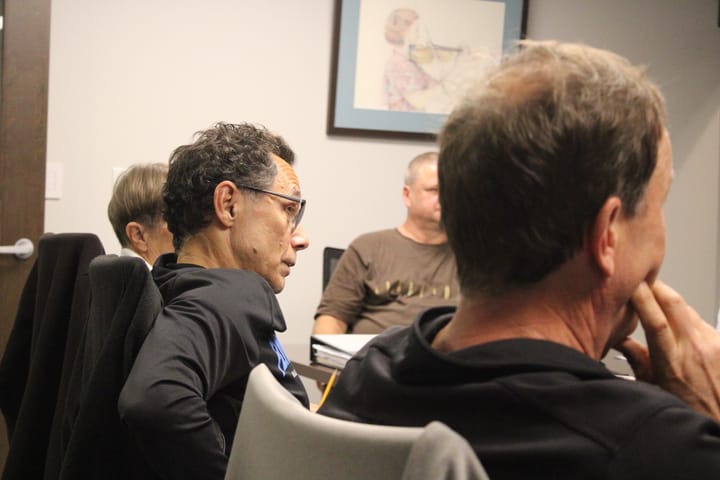City Council to apply for grant for solar project in October
Oxford City Council intends to apply for a grant to support a solar project at the local senior center, Oxford Seniors, and complete multiple energy efficient upgrades across city facilities, according to Oxford’s sustainability coordinator Reena Murphy.

Oxford City Council intends to apply for a grant to support a solar project at the local senior center, Oxford Seniors, and complete multiple energy efficient upgrades across city facilities, according to Oxford’s sustainability coordinator Reena Murphy.
Murphy gave a presentation to the City Council during a work session Tuesday, Sept. 2, which proposed solar projects at the senior center, closed landfill, wastewater treatment plant and Seven Mile Creek well field.
According to Murphy, installing solar panels on the roof of Oxford Seniors would cover 60% of the total energy consumption at the facility. She said the city will be applying for a solar energy efficiency grant on Oct. 1, which would cover $200,000 of the project, and tax credits, if secured, would amount to $50,829.
The council approved a resolution in July authorizing the city manager to submit a grant application to the Ohio Department of Development for the Energy Efficiency Program for up to $200,000 with a match of up to $73,275.
In total, Murphy said the project would cost $273,257, leaving a $22,427 net cost for the city if all funding is secured.
When asked for a timeline on the project, Murphy said in an email to the Oxford Free Press, “If we are selected for grant funding, our goal is to move quickly so we can secure the federal tax credits.”
For the wastewater treatment plant, Murphy said in her presentation estimates show 0.5 megawatts of electricity from solar power would cover a quarter of its current electric use. Only land outside of the property’s flood zone was considered in an initial study, which estimated a $2 to $4 million cost for the project paid back over 44 years.
Murphy said her office began working on installing solar at the city’s landfill in 2021 and began looking at other facilities in 2023.
She recommended to council to wait to consider solar at the landfill until after the city’s proposed water softening plan is operational.
At the Seven Mile Creek well field, she said estimates show a nearly 150 kilowatts system would cover 60% of electric use. The system, she said, would cost more than $365,000 paid back over about a decade.
Overall, she recommended the city release three requests for proposals (RFPs) for the landfill, wastewater treatment plant and Seven Mile Creek well field facilities and begin on energy consultants for site studies and RFP/project assistance. She said all assistance would cost an estimated $45,000.
“This work is needed to reduce Oxford’s energy demand,” she said in the email, adding electricity is the city’s first emissions source for government operations and 33% of community-wide emissions.
“Solar will reduce our emissions and our energy bills,” she said.
Mayor Bill Snavely said during the council meeting he’s frustrated, as it’s been nearly a 6-year effort to push for the solar project.
Murphy told the council during the meeting , one of the reasons the project at the landfill has been “difficult” is interconnection with the Duke Energy grid because it’s expensive to connect in. Duke itself is not allowed to generate power in the state of Ohio, she said.
Murphy said in her email, “There are multiple reasons, outside of the City’s control, for why the project has not been completed. The main challenges are 1) interconnection costs to the Duke (Energy) grid and 2) the developer we were working with is not an energy supplier; therefore, Duke (Energy) is not required by the statehouse to accept their power.”
Murphy added, “City staff shares in Council’s frustration regarding this project.”
Council members asked questions about whether working with Duke is best for the cost of the project and if the payback timelines would be the same or longer than the lives of the systems.
Councilor Mike Smith proposed discussing the potential projects with Miami University, which operates its own substation, to eliminate the interconnection with Duke.
Snavely said, “I think we should continue to talk capital. We should continue to talk to Miami and see what kinds of arrangements can be made. We gotta bring all the options out again.”
“We’ve been waiting six years, and this is where we’re at, trying to rush to get in the next six months,” he said.




